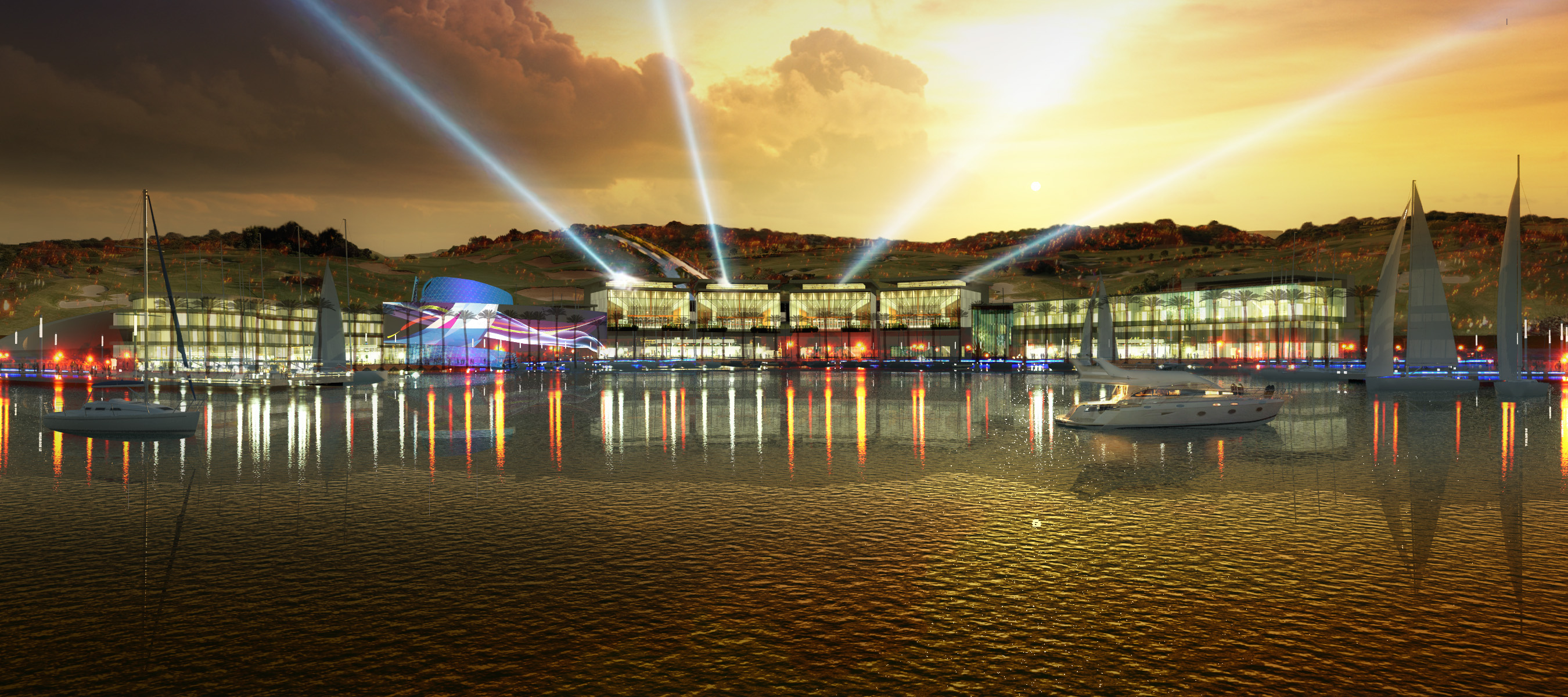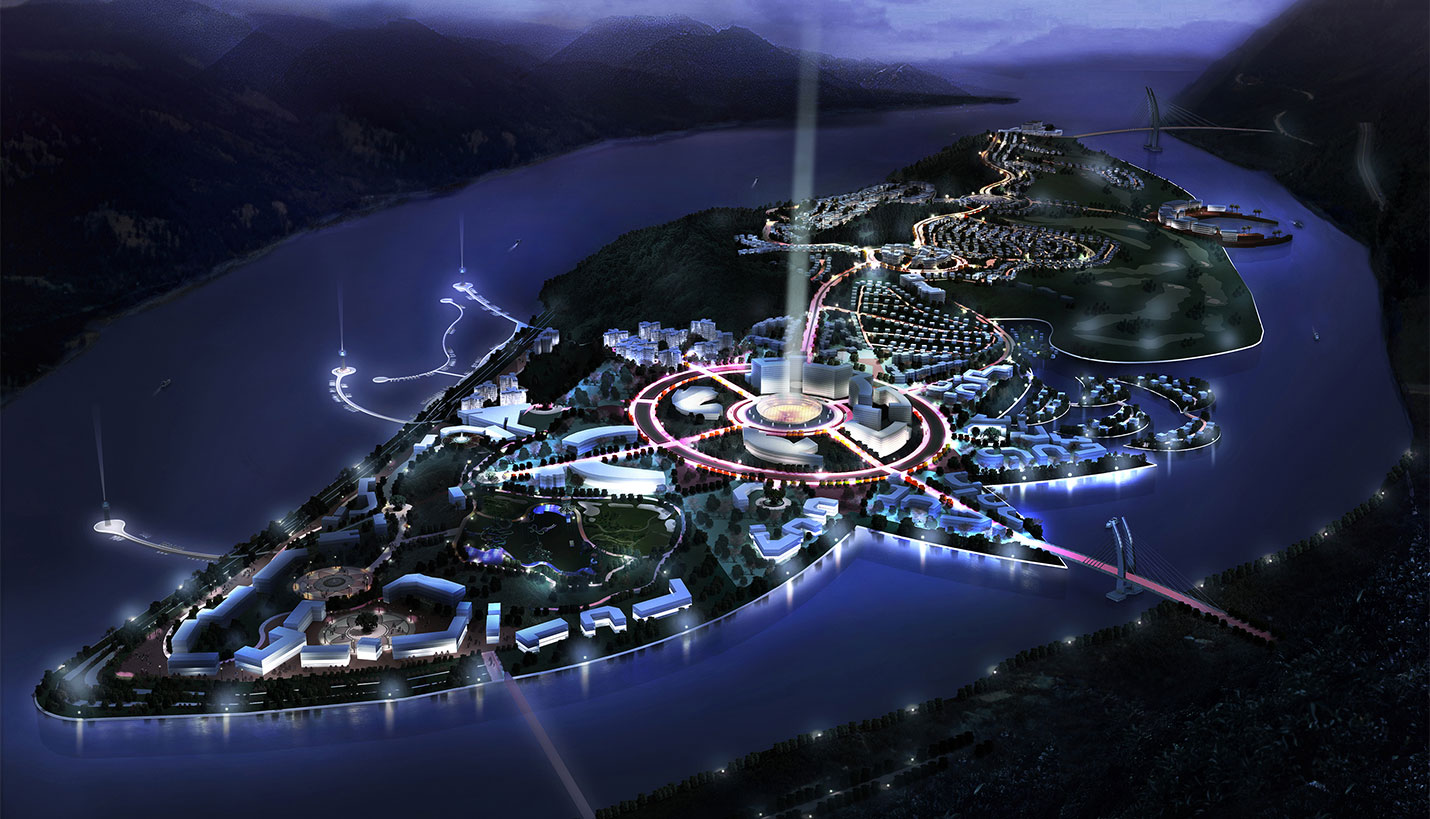The environmental and cultural challenges created by the construction of the Three Gorges Dam on the Yangtze River, along with the explosive growth of Chongqing—one of the five national central cities in China, prompted the local government to propose an international design competition to relocate the economic heart of the region to a low-carbon, mixed-use/live-work community on nearby Taohua Island.
The program brief stated nine primary design objectives for the enormous project:
• To create a world class master plan and design for Chongqing’s financial district
• To create a pedestrian oriented development with shared amenities
• To create an environmentally responsive urban framework plan that maximizes the landscape architectural opportunities
• To design places, spaces and events that reflect the local culture
• To create true destinations for local as well as international visitors
• To optimize the site’s density required for such an urban development
• To preserve, mitigate or restore the site’s natural areas
• To plan and design a national low-carbon city
The year-long planning exercise had the landscape architects traveling to China for a series of analysis, site visits, planning and design charettes and presentations. Incorporating a focus on optimizing density requirements and shared amenities, the Page team developed a design response that created a pedestrian-oriented residential urban center and tourist attraction surrounded by a protected environmentally sensitive ecosystem.
The metaphorical form of the island’s urban core is an eight-petal peach blossom. The design team chose the number eight, a Chinese symbol of wealth and prosperity, as a symbolic representation of the financial district core. The area intended for the core was originally a quarry but had been severely altered both in topography and vegetation. The planned reclamation allowed the design team to reshape the site to reflect the peach blossom. To protect the low end of the island from seasonal flooding and dramatic fluctuations of the Yangtze River, dams and retaining walls were planned to create buildable sites in the core and provide navigable frontage along the river edge. In addition to the many built-up amenities of the development, the landscape architects proposed a massive environmental mitigation effort to restore, enhance and protect the site’s harvested tree cover.
Recognizing the area’s history and acknowledging the enormous cultural impact of the Three Gorges Dam, the Page team proposed in their plan that the historic village of Bayu on the riverbank adjacent to the island be restored into a cultural village to promote the arts and crafts of the region.















